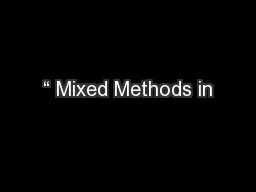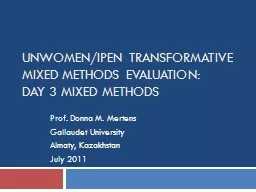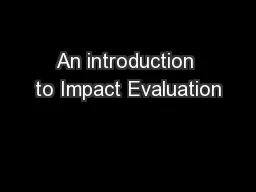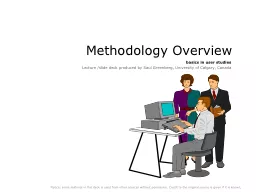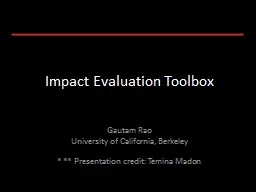PPT-Difference-in-Difference Evaluation Methods
Author : jane-oiler | Published Date : 2016-08-06
MAAC 2015 Fall Conference Turf Valley Ellicott City Maryland November 5 2015 Todd Caldis JD PhD Senior Economist CMSOACT Evaluation problems arise from interventions
Presentation Embed Code
Download Presentation
Download Presentation The PPT/PDF document "Difference-in-Difference Evaluation Meth..." is the property of its rightful owner. Permission is granted to download and print the materials on this website for personal, non-commercial use only, and to display it on your personal computer provided you do not modify the materials and that you retain all copyright notices contained in the materials. By downloading content from our website, you accept the terms of this agreement.
Difference-in-Difference Evaluation Methods: Transcript
Download Rules Of Document
"Difference-in-Difference Evaluation Methods"The content belongs to its owner. You may download and print it for personal use, without modification, and keep all copyright notices. By downloading, you agree to these terms.
Related Documents


